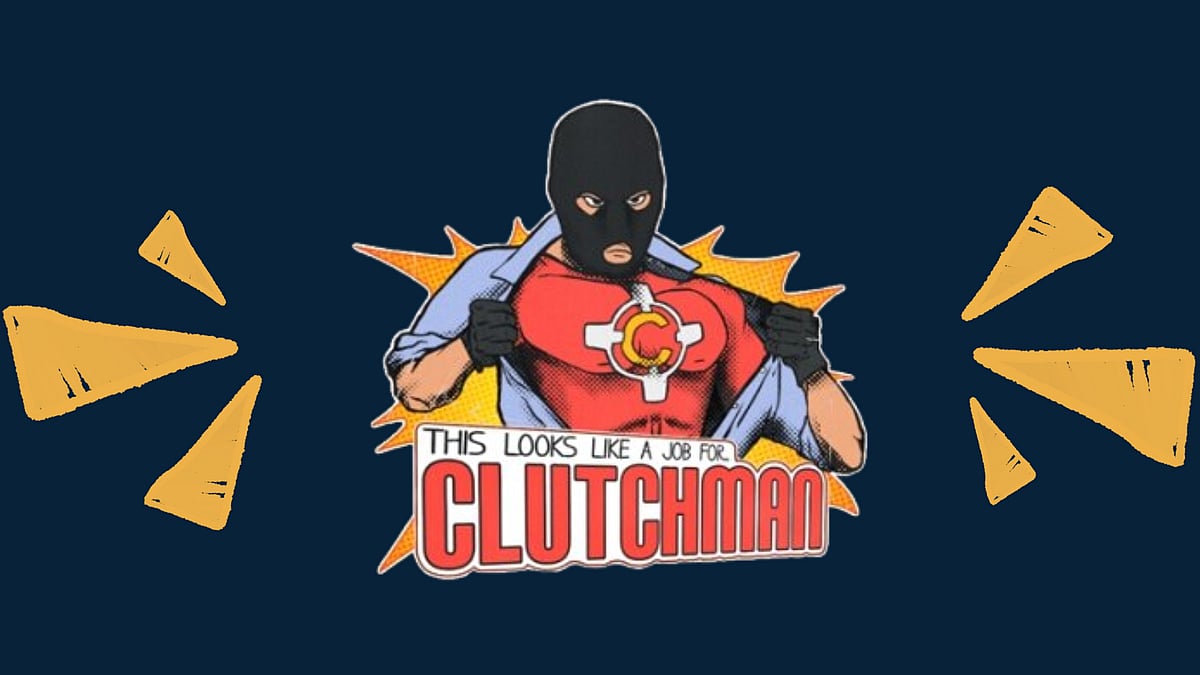Introduction
Finding yourself in a clutch (a situation where you’re the only team member left alive) can be extremely stressful. Your heart starts racing, the stakes feel higher than ever before, your teammates are watching, and it seems like you’re playing a different game all of a sudden. Becoming an expert at these situations takes time and experience, but there are some things you can implement in your playing in order to do better. With the help of these tips, you’re well on your way to becoming a CS2 clutch minister like Xyp9x.
1. Calm down
Once you find yourself in a clutch scenario, calm down. It’s easier said than done, but you should take a second to assess the situation. How many enemies are left? How much time is left? What info do you have? How will you approach the situation? What kind of utility (if any) do you have at your disposal? Is it maybe better to save?
Don’t just blindly start running around. Go in with a plan.
It can also help to tell yourself that, unless you’re in a 1v1, the odds are firmly stacked against you. As such, no one expects you to win. There’s freedom to be found in that.
2. Deduce where the enemy can be and try to force 1v1 fights
Obviously, you can’t afford to go sleuthing if you’re suddenly in a clutch with 10 seconds left, but generally you want to be methodical, especially if there’s more than one enemy player left alive. Take a bit of time to think things through.
An example: you’re in a 1v3 as a T, and you have the bomb near B. Your teammate tells you they just got killed by a player on A, and by glancing at the radar you see another enemy dot on the A site. In this scenario, it can pay off to try and quickly (but methodically; check corners and such) attack the B site in order to get a 1v1 duel. Then, if you win the fight and the bomb is down, it’s down to a 1v2 instead of a 1v3. With the bomb down, that’s a lot more winnable.
Another example: if you’re in a 1v2 as a CT and you just heard noise near B site while your teammate got killed on A, you might decide it’s a good idea to try to quickly take out that one unsuspecting enemy instead of waiting for them to group. That way, you get two 1v1s. That’s very winnable.
In short: the trick to winning lots of clutches isn’t flashy aim or sick flicks. Those are part of it for sure, but it’s far more important to create as many 1v1 fights as you can. Those kinds of duels are always winnable, whereas a 1v2 or 1v3 fight can only be won if the enemy misplays horribly.
Isolate enemies, don’t overexpose yourself, and try to force those 1v1 fights.
3. Take Your Time
This kind of follows on the previous tip, but you often have more time than you imagine in a clutch situation. Even in a planted bomb scenario, you have 40 seconds to play with. That’s quite a lot if you consider that a no-kit defuse costs 10 seconds.
These 40 seconds give plenty of time for either side to make their move silently, so don’t treat that ‘bomb has been planted’ audio cue as a sign to go in sprinting and guns blazing. Take your time to clear angles, set up utility, or reposition strategically.
And, if the bomb hasn’t been planted, you definitely don’t need to rush. Quite often, remaining silent can cause enemies to become impatient, which can lead them to make mistakes or second-guess where they should be looking, giving you free 1v1 fights. This doesn’t mean that you should just sit still in a corner, but again: don’t take a clutch scenario as a sign to get loud and frantic. That’s not always the best option.
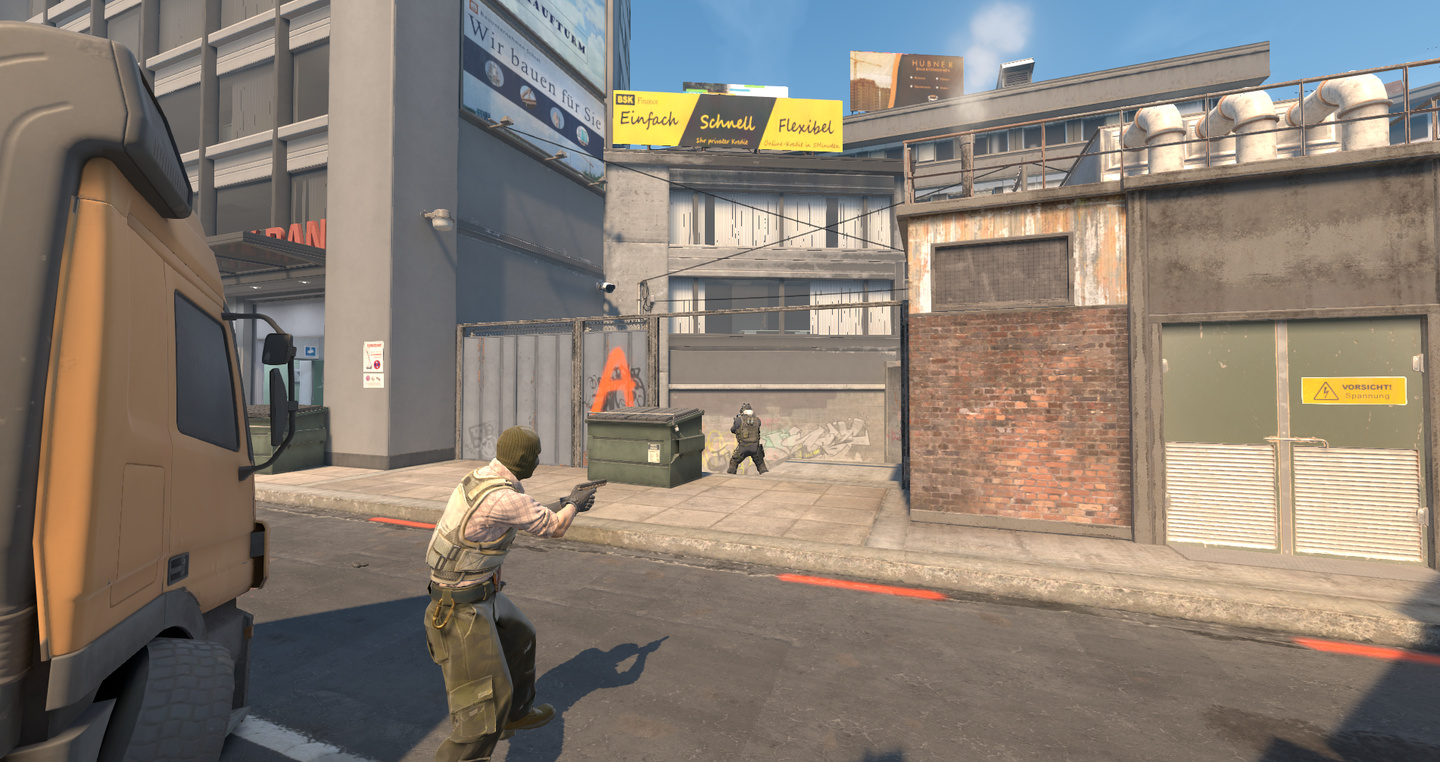
4. Don’t make noise after fake defusing
This is an obvious one, but a surprising amount of players get it wrong. If you’re faking a defuse as CT, don’t make noise (running, reloading, …) after tapping the bomb. If you do, the defending T player has absolutely no reason to peek you, and they can just wait until you tap again.
5. Don’t betray your own position
If you’ve just gotten into a clutch situation and the enemy has no idea where you are, leave it that way. For example, many lower ranked players throw a random flash or grenade the second they get into a clutch situation because they feel like they have to do ‘something’, but that’s a bad idea. If you don’t know where the enemy is, that random nade will just give away your position for free without affecting the enemy.
The same goes for footsteps or other sounds. Always consider what info you’re giving away by making a sound.
Information (or lack thereof) is extremely important in a clutch situation. Once the enemy team knows where you are, you’ve made their lives 50% easier.
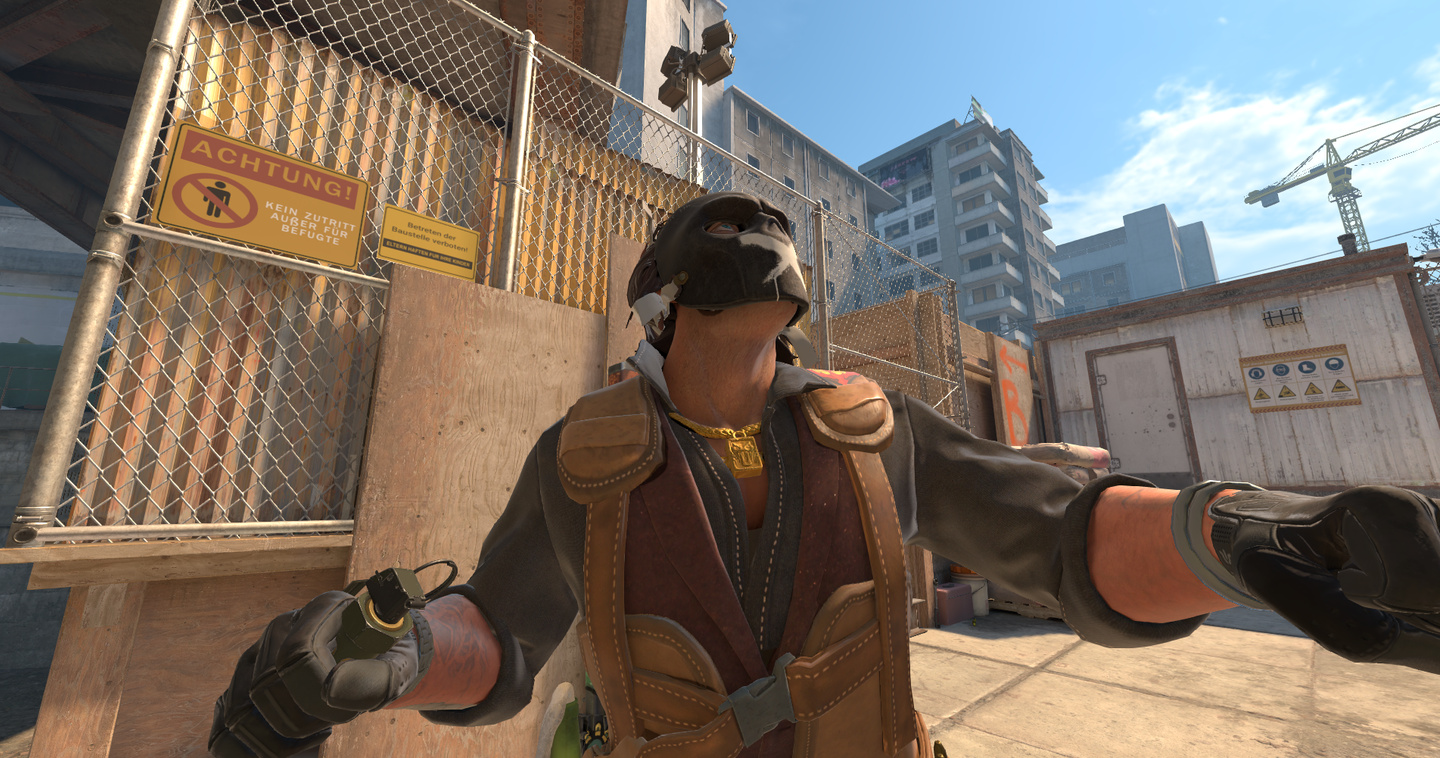
6. Don’t peek too early when defending
If you’re in a defensive clutch scenario (bomb down as T, protecting a site as CT, …) you shouldn’t overpeek. When you hear an enemy coming and you know they have no idea where you are, don’t give them the comfort of showing yourself immediately. If you don’t immediately reveal yourself, they’ll have to waste time clearing angles, and maybe you’ll force them to throw utility the wrong way.
Obviously, you shouldn’t let enemies clear all angles until they get to your position either, but by waiting a bit until they’re checking a spot which has them turn their back towards you, you can quite often get free kills.
Again: information is key. Don’t announce your exact position the minute an enemy comes within footstep range.
Of course, the situation is different if they know where you are. That requires a more proactive approach.
7. Utility is your friend
If you’re in a 1vx situation, utility becomes extremely valuable. If you, for example, know where the enemy player is hiding, you can flush them out with a molotov and make your life a lot easier. Similarly, a smoke can be incredibly valuable to block off sightlines if you’re trying to make your way through a site and you want to create 1v1s.
It can feel stressful to pull out a nade in the middle of a clutch, but if you can find a safe way to use your utility to your advantage, you absolutely should.
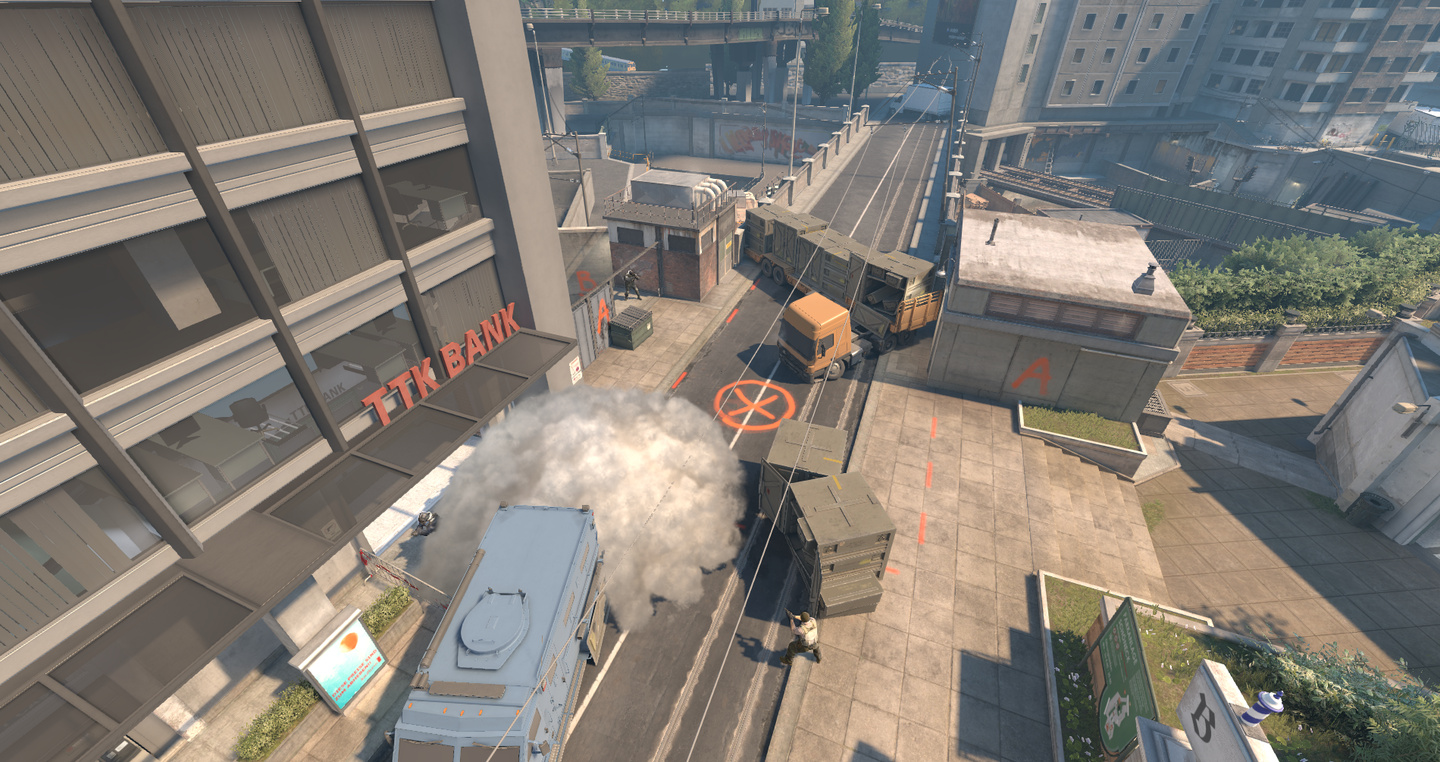
8. Listen
Sound is incredibly important in CS2. Even more so in clutches. A faint footstep sound after a (fake) defuse can turn rounds. Hearing an enemy reload in the distance can give you vital clues that help you formulate a plan of approach. When you’re in the clutch, keep your ears peeled.
Quick general tip: leave clutching players alone. Don’t backseat game. Limit yourself to absolutely necessary info. Stay quiet otherwise. If you’re playing with people who can’t follow those rules, you can always use a mute bind for clutch scenarios.
9. Don’t underestimate smoke defuses
Smoke defuses are incredibly powerful, especially in matchmaking where players probably aren’t communicating on where exactly the bomb has been planted. If you run out of options as a CT against a planted bomb, try underhanding a smoke on top of the bomb and then defusing it at an off-angle. It’s not a strat you should rely on all the time, but you’ll be surprised at how often it can work, especially if you have a kit.
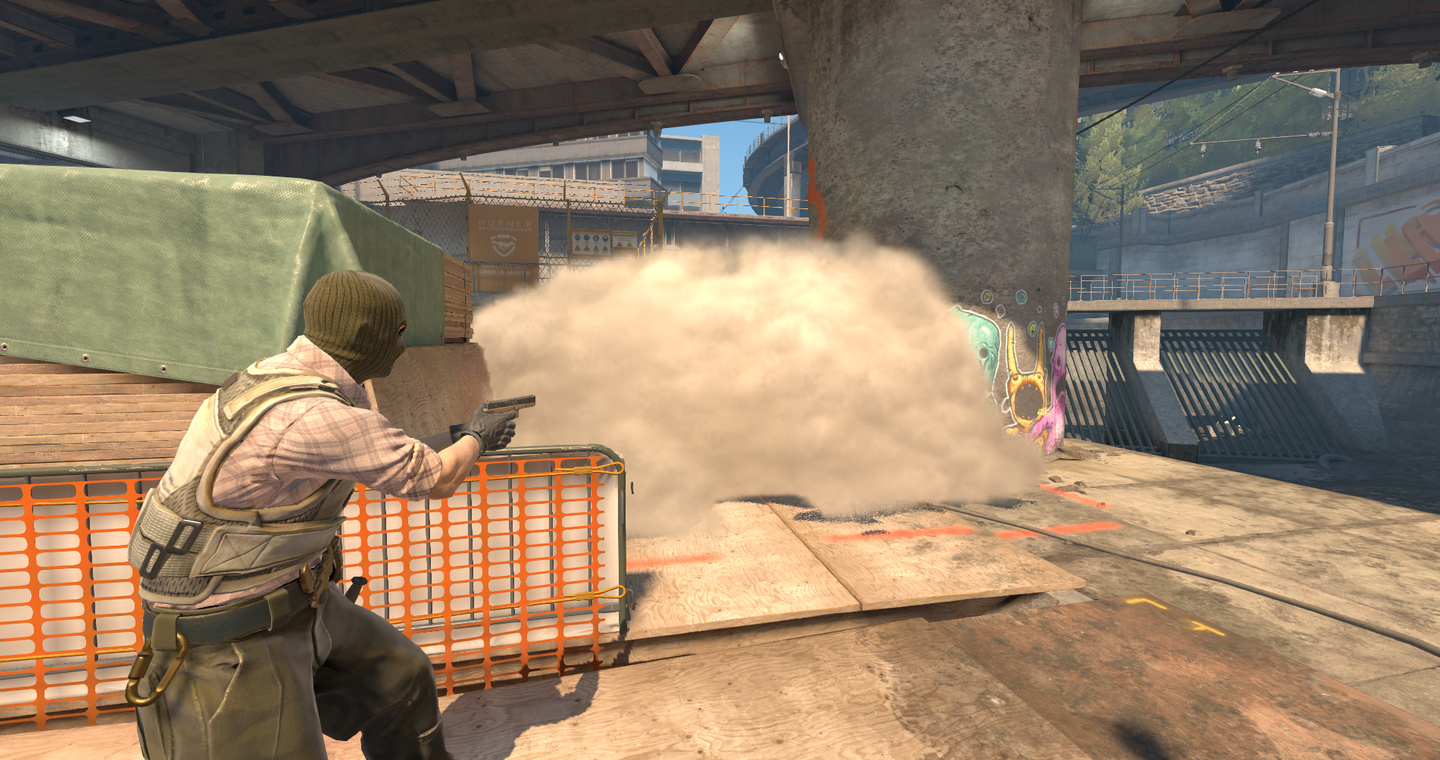
10. Expect (and do) the unexpected
Clutch scenarios are one-of-a-kind. They’re a game within a game. This also means that the rules are different.
Pushing your own smoke is usually not a great idea, but when the chips are down, a well-timed and unexpected walking smoke push can turn a 1v2 into a 1v1, for example. Another example: sticking a bomb defuse can result in a round win since players often don’t expect you to stick it the first time.
What works and doesn’t work depends on the specific match and your enemies, of course. But it’s a good idea to think outside the box every once in a while. Try to confuse, outsmart, and outplay the enemy team.
And hey, if you’re alone versus multiple enemies, no one really expects you to win anyway. This makes those high-risk, high-reward plays a lot lower risk if you think about it. Just be smart about it, and keep the previous tips (be methodical etc.) in mind as well. Don’t just throw the round.
Bonus tip: spotting a kit
Many players don’t know this, but in CS2 you can see whether or not a CT player is using a kit. Simply look at the wires coming out of their hands that connect to the bomb.
If they are blue + green then the CT player has a kit. If they are blue + yellow, then the CT player does not have a kit. This can be crucial information when deciding how and when to peek.
How to put this into practice
Getting tips is all great, but since clutching is difficult to put into practice, it can be hard to train. You could of course try to always be the last player alive in your matches, but your team won’t thank you for that.
Retake servers
You can find these via the server browser. Many deathmatch server providers also offer retake servers. They put you in a number of bomb-down scenarios in quick succession. Retake servers are a great way to practice time-sensitive decisions and pressure scenarios, but they obviously won’t let you practice clutching while the bomb isn’t down, so they’re not a perfect clutching training tool.
With that said: retake servers are a great training ground for all sorts of skills, so we definitely recommend trying them out.
Watching demos
Since clutching is mostly about outplaying and outsmarting the enemy, it’s all very theoretical. Watching demos (your own or someone else’s) can really help here.
If you’re watching your own demos, try to look at clutches that went wrong. Did you forget to check a corner? Did you maybe not utilize all of your utility? Were you too fast to start making noise? Analyzing all of this and being honest with yourself can really improve your decision-making. It’ll also allow you to see how enemies react, which can also be valuable.
Watching pros is another fantastic option. If you do that, it can be a good idea to pause the video when a clutch begins. Try to imagine that you’re in that situation, and come up with a plan. Then, see how it all unfolds. Was your approach correct? Did you misjudge things? Even if you don’t want to get that analytical, try to watch clutch scenarios while they unfold with a purpose. See how players move, respond, and what utility they use.
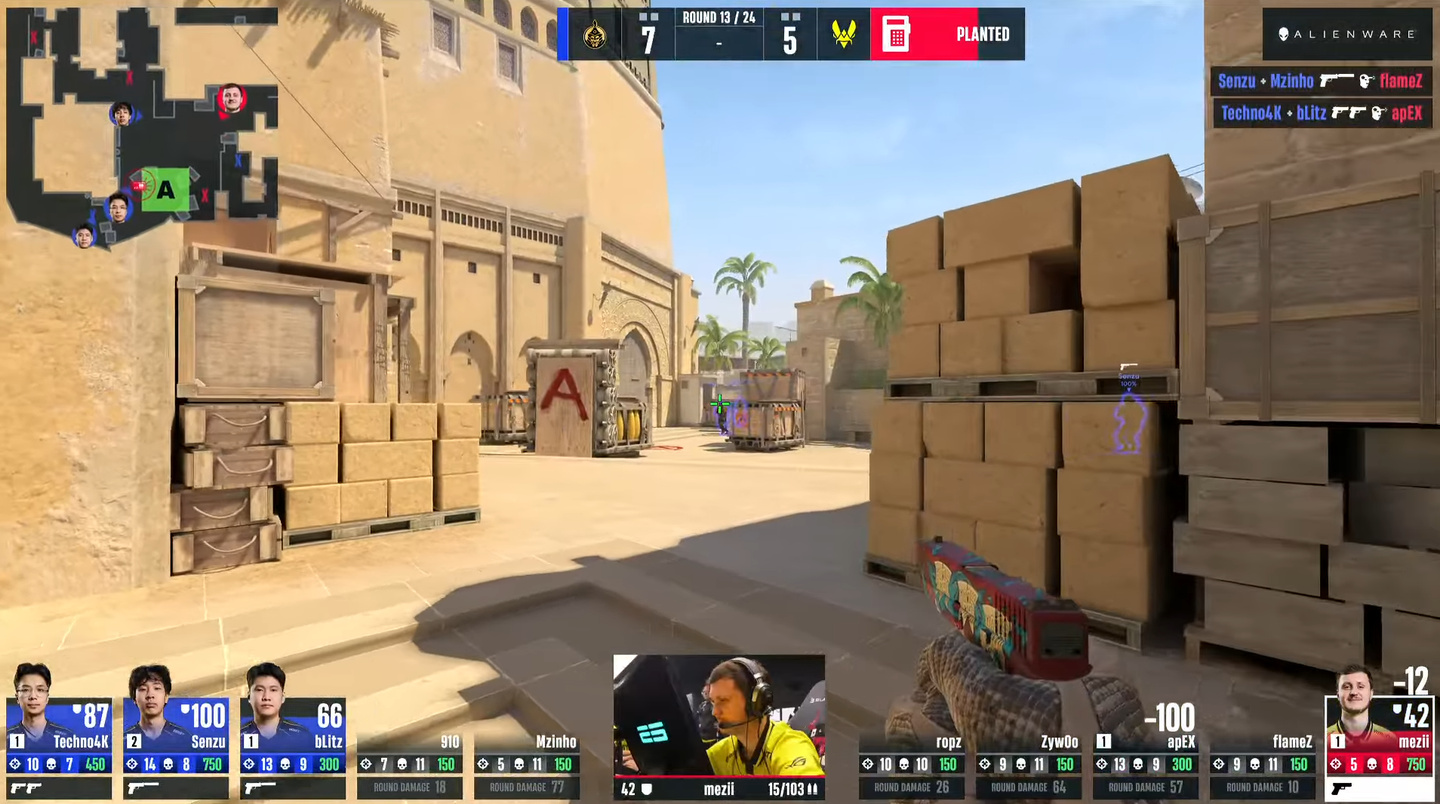
Conclusion
Contrary to things like aiming (deathmatch) or movement (KZ servers), there isn’t really an isolated and surefire way to practice clutching. It is good to know that clutching is all about your mental game, however. Aim plays a part (it always does in CS) but you don’t need to be a 1-tap monster to become a clutch king. Game sense and a strategic brain will get you very far. The tips in this article should help you with that. Good luck, and have fun!
News
Berita
News Flash
Blog
Technology
Sports
Sport
Football
Tips
Finance
Berita Terkini
Berita Terbaru
Berita Kekinian
News
Berita Terkini
Olahraga
Pasang Internet Myrepublic
Jasa Import China
Jasa Import Door to Door
Download Film ether to play video games, whether on PCs, consoles, or arcade machines. These centers can offer a range of services, from casual gaming sessions to competitive tournaments.
